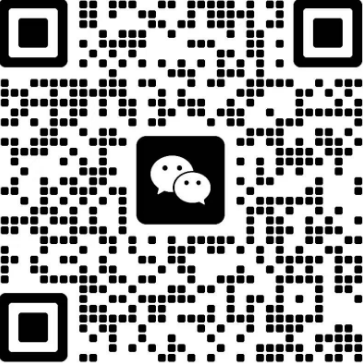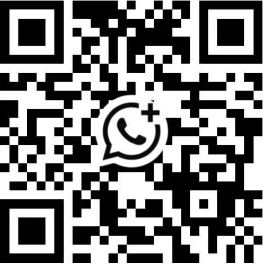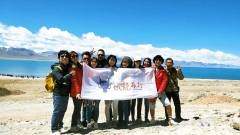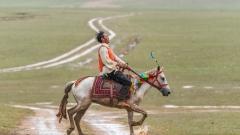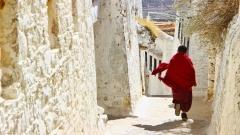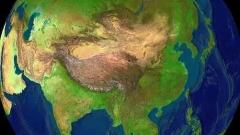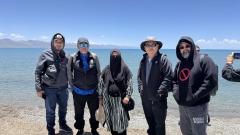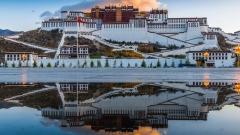For many first-time travelers to Tibet, one common concern is how to handle money during the trip. Questions like “How much cash should I bring?” or “Can I pay with a credit card?” are very practical, as the region’s unique geography, infrastructure, and payment systems are quite different from other parts of China. Below is a detailed guide to help you prepare your finances for a smooth and stress-free journey to Tibet.
1. Do You Really Need Cash in Tibet?
Yes—cash is still very important in Tibet. While mobile payment methods like WeChat Pay and Alipay are widely accepted in big cities across China, Tibet is a bit behind in digital infrastructure, especially in remote areas. In Lhasa and Shigatse, you’ll find that most hotels, restaurants, and shops accept mobile payments or bank cards. However, once you travel to smaller towns or rural destinations like Everest Base Camp, Mount Kailash, or Nyingchi villages, cash is often the only reliable option.
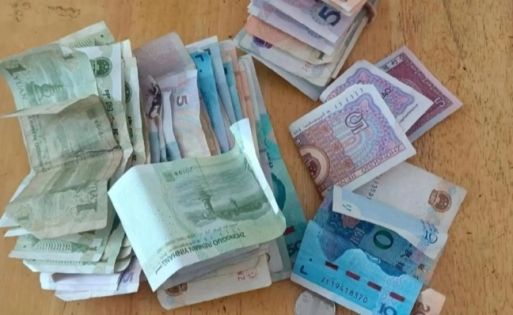
Cash
2. How Much Cash Should You Bring?
The amount of cash you need depends on your itinerary and travel style:
-
For city stays (Lhasa, Shigatse, Nyingchi): Around 200–300 RMB per day in cash is usually enough for small purchases, snacks, or taxis, since larger payments (hotels, entrance tickets) can often be done by card or mobile pay.
-
For remote travel (Everest, Mount Kailash, Ali region): Prepare 2000–4000 RMB in cash, depending on the length of your trip. These areas often have limited banking services and no mobile coverage.
-
For group tours: Your tour package usually covers hotels, transportation, and tickets. In this case, you only need cash for meals not included, small souvenirs, or tips—around 1000–2000 RMB should be enough.
-
For independent travelers: Budget more cash since you’ll pay directly for accommodation, transport, and food. Consider 3000–5000 RMB depending on trip duration.
3. Can You Use Credit or Debit Cards in Tibet?
-
Hotels: Most star-rated hotels in Lhasa and Shigatse accept UnionPay, Visa, or MasterCard. However, some smaller guesthouses may only take cash.
-
Shops & Restaurants: Medium-sized restaurants and supermarkets in Lhasa often accept cards, but many smaller ones don’t.
-
Tickets & Attractions: Major scenic spots may allow card payments, but remote monasteries or local sites usually require cash.
-
Important tip: Even when a place accepts cards, the network may be unstable, so always carry cash as backup.
4. What About Mobile Payments?
WeChat Pay and Alipay are convenient in big cities, but foreign travelers face limitations unless they connect their international bank cards to the apps. Recently, both platforms have opened to some international users, but the success rate varies. If you’re not familiar with setting this up, don’t rely on it as your only method. Cash is still king in rural Tibet.
5. Where to Get Cash in Tibet?
-
ATMs in Lhasa: Many ATMs accept international cards (Visa, MasterCard, UnionPay), but sometimes machines run out of cash or networks fail. Withdraw cash early in Lhasa before heading to remote areas.
-
Shigatse & Nyingchi: Fewer ATMs, and not all accept foreign cards. Prepare in advance.
-
Ali (Ngari) & Kailash region: ATMs are very scarce, and international cards are usually not accepted. Bring enough cash before leaving Lhasa.
6. Practical Money-Saving Tips
-
Split your cash into several portions and store them in different places for safety.
-
Keep small denominations (10, 20, 50 RMB) for local snacks, taxis, and tips. Many vendors cannot provide change for large bills.
-
Don’t carry excessive amounts of cash on your person; use your hotel safe when possible.
-
Prepare extra cash in case of emergencies like delayed transport, medical needs, or unplanned accommodation.
7. Suggested Cash Budget (Per Traveler)
-
Short trip (5–7 days, mainly Lhasa & Shigatse): 1500–2500 RMB cash.
-
Medium trip (8–12 days, covering Everest or Nyingchi): 2500–4000 RMB cash.
-
Long trip (15+ days, including Mount Kailash & remote areas): 4000–6000 RMB cash.
Conclusion
When traveling to Tibet, a smart mix of payment methods is the key to worry-free exploration. While bank cards and mobile payments are gradually expanding, cash remains essential—especially for remote destinations. Bring enough RMB before your journey, budget according to your itinerary, and always keep small bills handy. By planning ahead, you’ll enjoy the breathtaking landscapes and unique culture of Tibet without financial stress.

